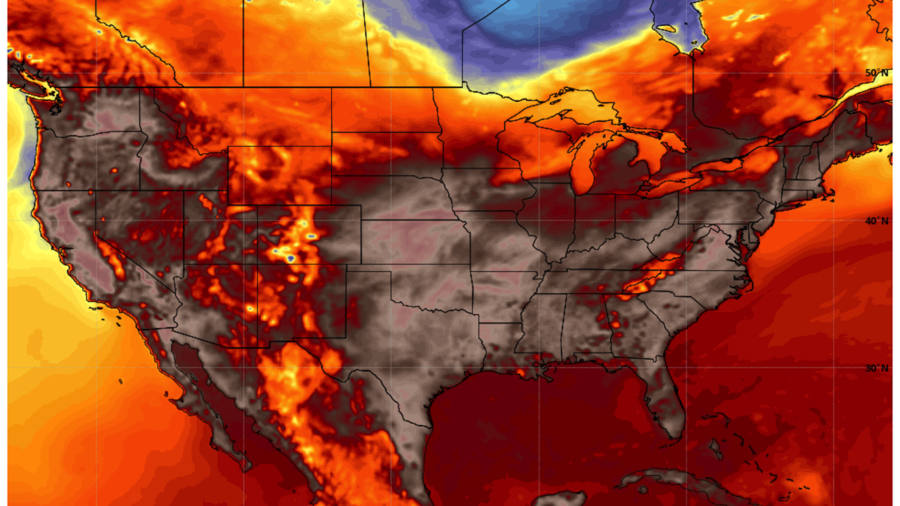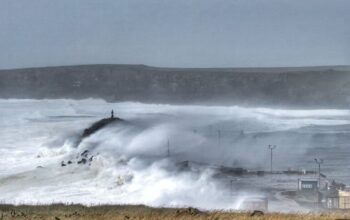Nearly 200 million people in the United States are under some form of heat- related advisory–
The following written content by Wilson Wong and Kathryn Prociv

Extreme heat continued to grip much of the United States on Thursday, with parts of the country facing the prospect of triple-digit temperatures and nearly 200 million Americans across 34 states under some kind of heat-related advisory.
In the mid-Atlantic, Northeast and New England, baking temperatures and exceptionally high humidity on Thursday are forecast to make temperatures in the 90s feel like upward of 100 degrees in major cities like Washington, D.C., New York City, Philadelphia and Boston.

New York City and parts of New Jersey are under an excessive heat warning as the heat index, which is what the temperature actually feels like when humidity and air temperature is combined, is expected to reach 102 degrees Thursday — a rare occurrence in the month of August. The last time the tri-state area was issued an excessive heat warning in August was in 2016. Most heat advisories happen in June and July.
In the nation’s capital, the heat index is forecast to reach 105 degrees. And in Philadelphia, it is expected to feel like 106 degrees.
A string of heat advisories also hit the center of the country from the Gulf Coast to the Great Lakes, with heat index values reaching as high as 115 degrees. Major cities, including Chicago, St. Louis, Nashville, Tennessee, and Houston, could all experience dangerous heat the remainder of the week.
On Wednesday evening, extreme temperatures in the Midwest and the Great Lakes fueled the risk of severe thunderstorms and produced damaging winds between 40 to 55 mph, with pockets of gusts up to 80 mph. Widespread winds caused major power outages in the states of Illinois, Michigan and Wisconsin.
Across the Pacific Northwest, which just experienced its hottest June and July on record, temperatures are expected to break records. Seattle, Portland, Oregon and Spokane, Washington, are all projected to hit the triple digits, according to the latest forecast. Read more from Yahoo!.





